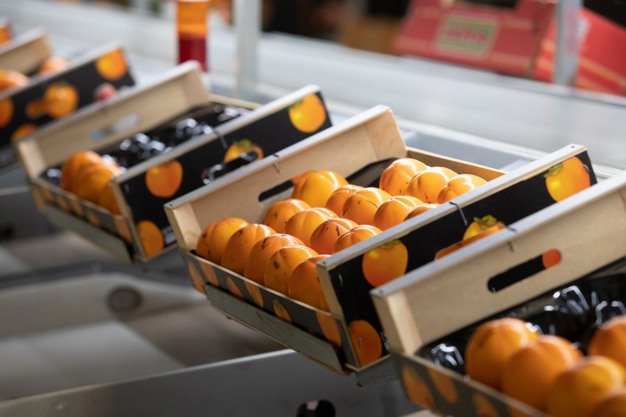The Spanish Rojo Brillante kaki season is already underway. Between weeks 39 and 40, most companies are already expected to be marketing kakis, although still with limited volumes.
"Last week, the first Rojo Brillante kakis started to be harvested in some early farms and, at the moment, only the fruit with the best color is being harvested," says Pascual Prats, president of the Spanish Kaki Association. "Next week, we expect around 80% of private businesses to have started with their sales."

"Extending the season by starting as early as possible can be interesting, but only as long as the kakis meet the minimum quality standards, because selling unripe fruit does a disservice to consumers," says Prats.
"As usual, prices are quite high during the first 15 to 20 days of the season, given the limited supply. As more volumes become available, prices will fall," says the president of the association.
Due to the dry weather, sizes are smaller than last season. So far, there have been no adverse weather phenomena, so the initial prospect of producing over 300,000 tons remains unchanged.
However, Pascual Prats warns that "pests such as the cotonet are going to pose a great threat to kakis this year" and he laments that "the sector has fewer and fewer resources to tackle these threats. According to our estimations, the cotonet could cause the production to fall by around 10% this year."
In the last six years, the acreage devoted to kakis in Spain has been reduced by around 20%, and the production potential is now down to between 340,000 and 350,000 tons; nevertheless, the country remains Europe's main producer and exporter of this fruit, by far. "The production is growing in Italy, Greece or Turkey, but they are not yet significant enough competitors for us," says Prats.
 For more information:
For more information:
Spanish Kaki Association
Calle Hernán Cortés, 4, 1ª,
46004 Valencia, Spain
Tel.: (+34) 902 920 515
[email protected]
www.aekaki.es
